If you are particularly enthusiastic about traditional Japanese architecture which is surrounded by beautifully designed gardens and shaped the urban landscape of past Japan, then Sengan-en is something what you definitely should see. Located along the north coast of downtown Kagoshima, it suddenly appeared in the front of my eyes during one of my frequent walks around the city.
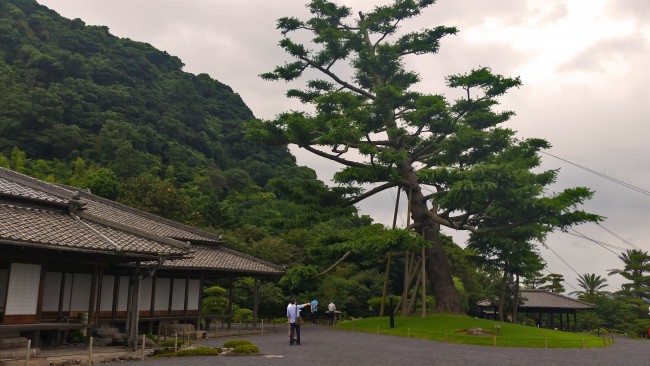
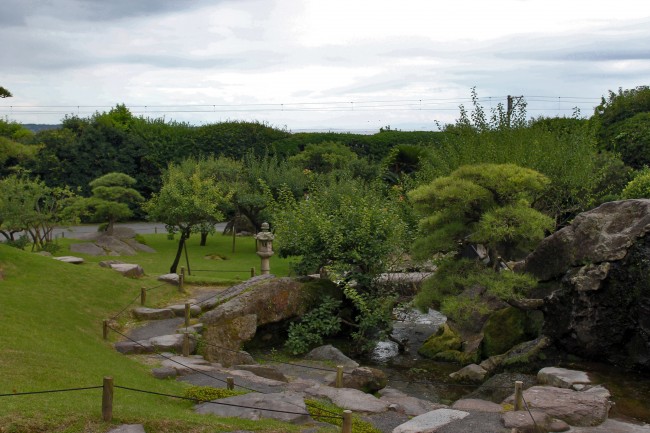
I have to admit that I usually don’t use guidebooks while traveling; most of the time I just stroll around randomly discovering interesting places. Sometimes I base my choice on information I get from local tourist and what I hear from local people or friends. This way I can find way more than a guidebook offers for foreign tourists.
I was very much fond on visiting Sengan-en as it was recommended by a friend of mine who lives in Kagoshima and who, the same as me, loves traditional Japanese architecture and tranquil gardens. Being a professional architecture designer makes me always appreciate the craftsmanship people put into cleaver construction. Traditional wooden raised Japanese houses are so different than what you can experience in Europe and belongs to a great architecture. No wonder Sengan-en is a part of UNESCO’s world heritage list.
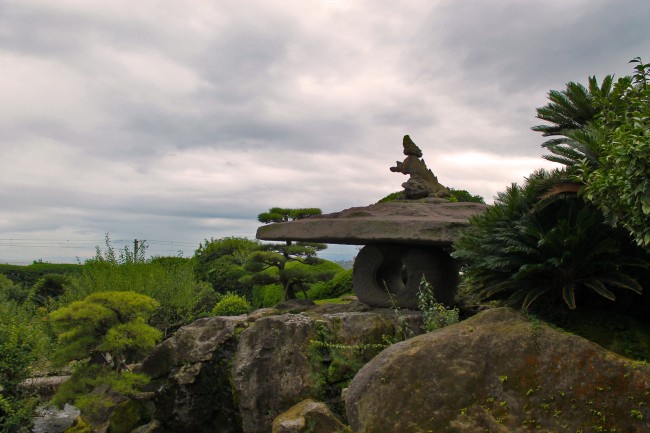
To give you a brief history, Sengan-en aka Isotein was built in 1658 by Shimazu, a powerful family that governed Satsuma (nowadays Kagoshima) for hundreds of years. Bringing to the city not only great architectural solutions but also modern technology adapted from the West. Sengan-en itself is a massive garden which surrounds a lord’s residence (Iso Residance) that is situated in the center of this picturesque complex.
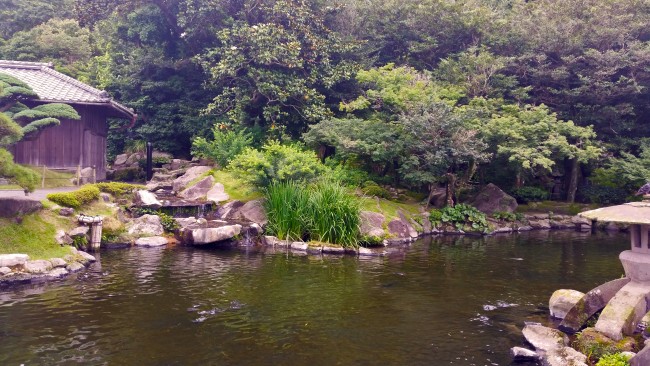
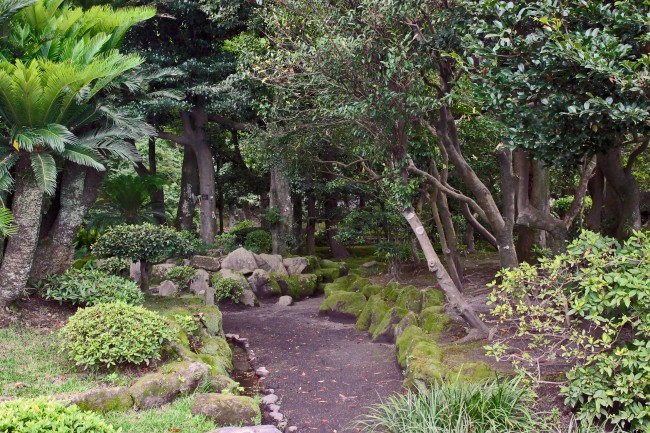
As soon as you walk through the main entrance, an intense red wooden gate, you are transferred into a different world where human made nature corresponds easily with elaborated timber houses and shrines scattered around. You can wander around randomly, step by step exploring the kingdom of Sengan-en or you can follow the map which you get after purchasing the ticket. I went along with my intuition and went where my eyes spotted something alluring.

The residence is undoubtedly an architectural masterpiece. Its design is able to enchant even those who are not passionate about obsolete Japanese buildings. Enclosed by the garden and the green bush behind it looks almost like a painted picture. As it has been recently fully restored and carefully looked after, its condition is untouched and it embodies the glorious past of the Shimizu family. To delve into its interior, unfortunately you need to pay extra money. However, it is enough to admire its front elevation to understand its craftsmanship.
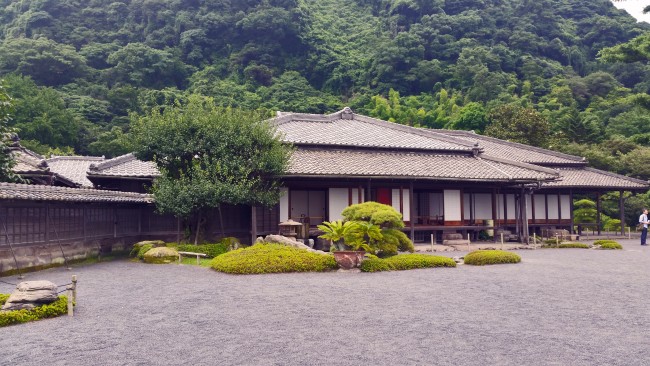
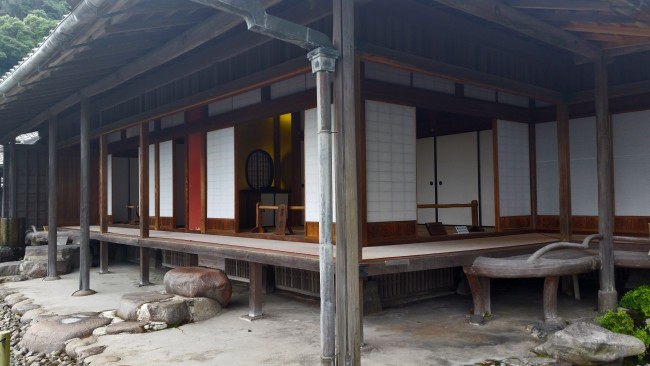
As you walk around, you come across other intriguing architectural features such as a number of little wooden shrines hidden on the bushy hills, Ryukuyan Pavilion and craft shops selling handmade traditional ceramic, accessories or Kagoshima blue glass.
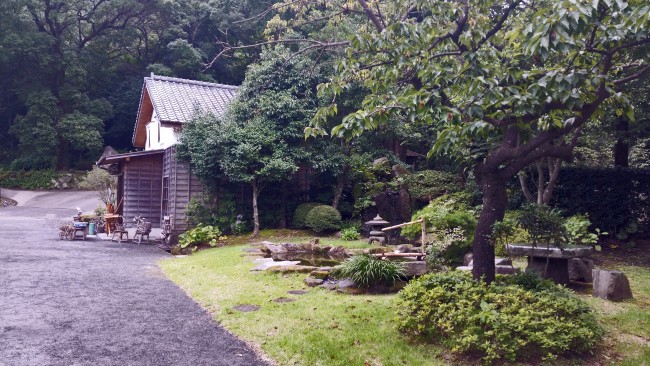
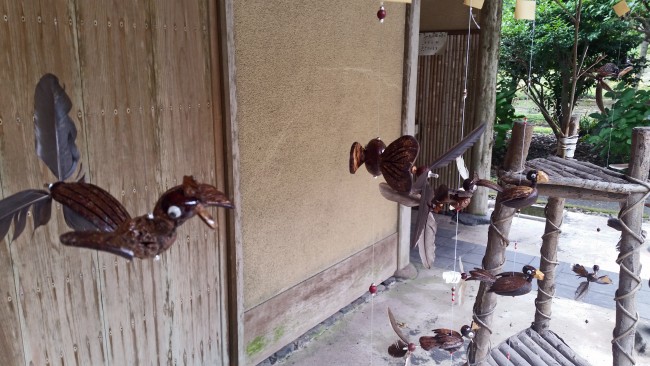
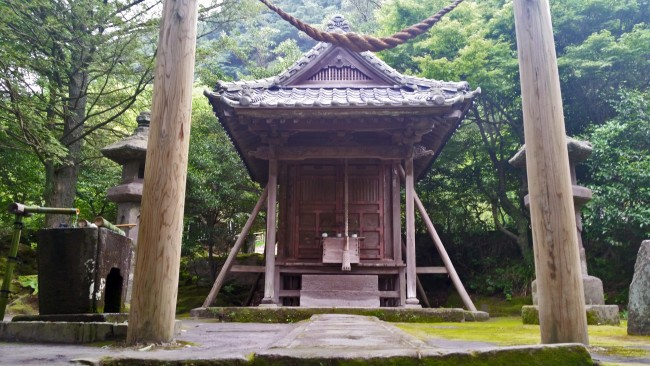
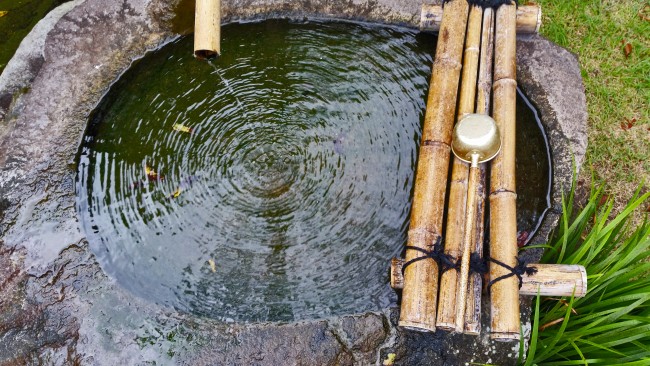
Obviously, the most distinguished characteristic of the whole area are stunning gardens. Their scenery is dominated by various stones, massive trees and clear ponds where huge carps swim and wait until you feed them. From time to time, you spot exotic flowers full of black butterflies or suddenly you dive into dense and deep bamboo groves where you find a strong water stream. You can experience all of that in just one place.
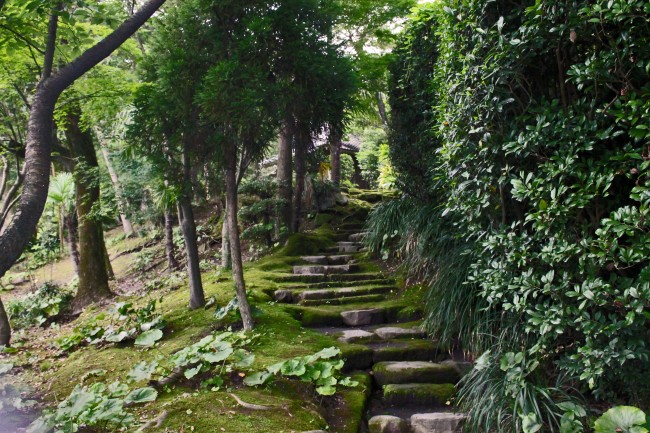
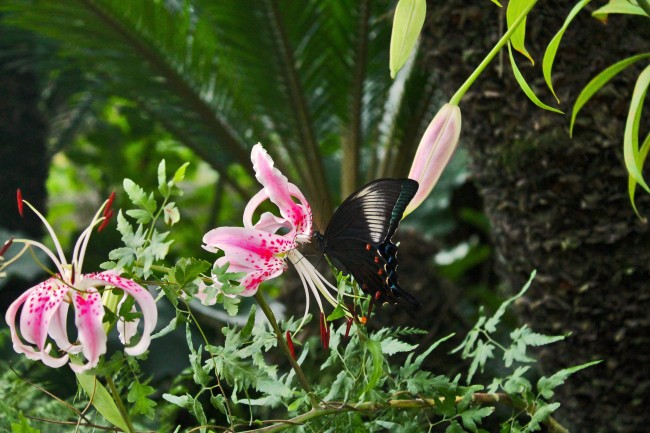
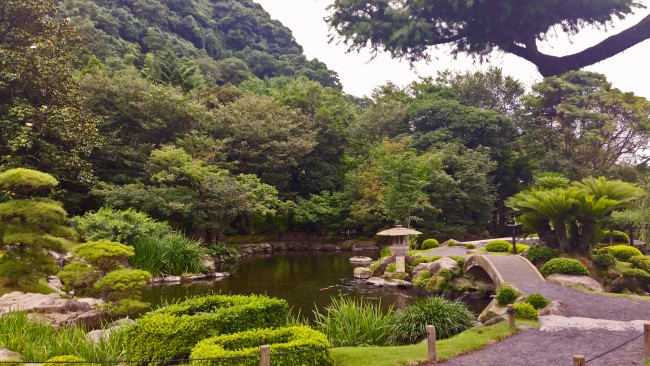
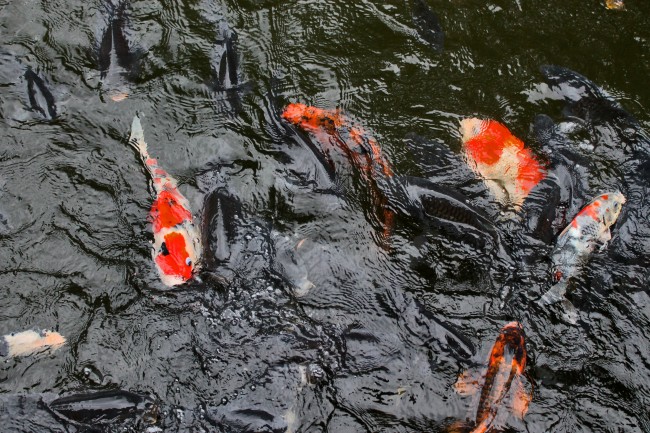
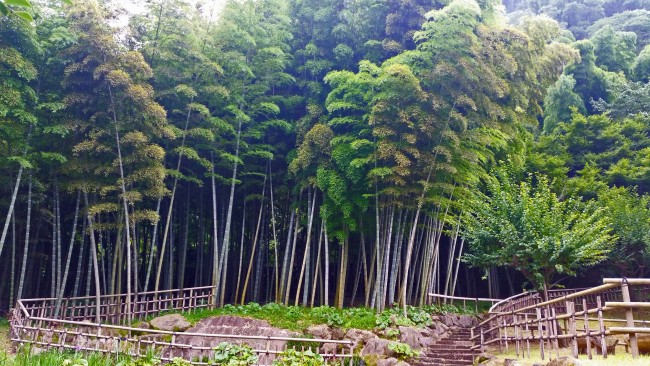
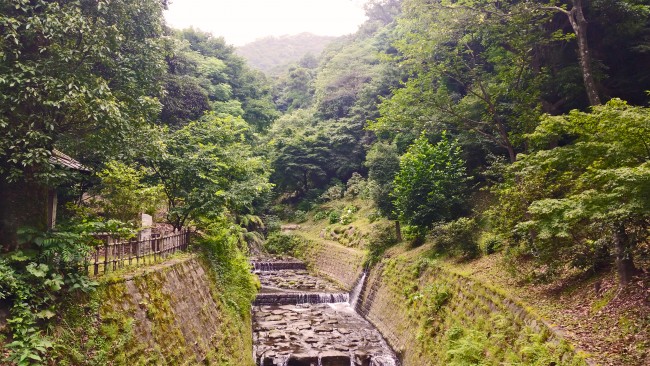
To finish your tour I strongly recommend to climb the highest hill where Sengan-en gives a spectacular view on the still active volcano Sakurajima. You will not regret the 20 minutes it takes to walk up the steep ascent. The views are grand. Enjoy!
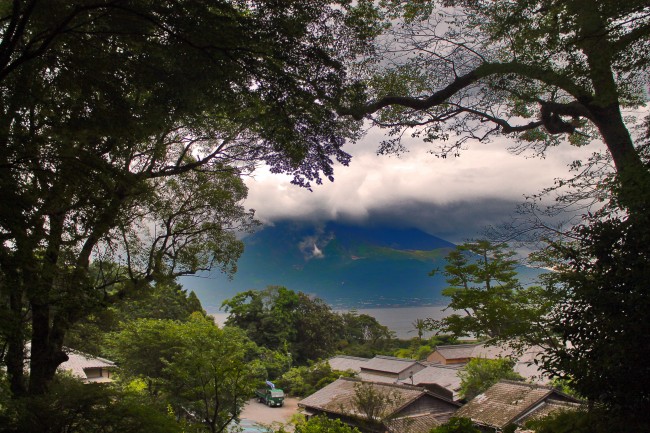
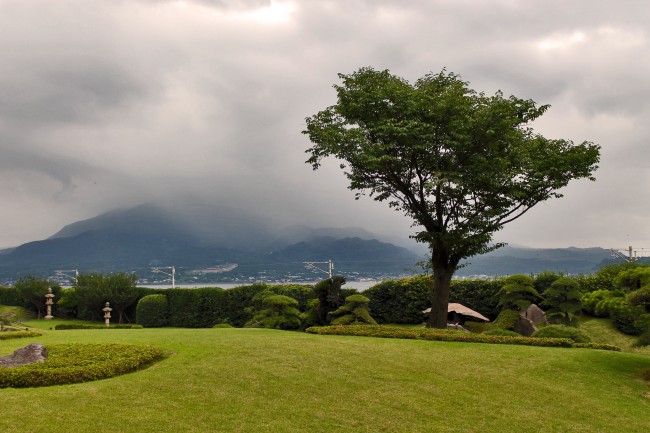
Useful links and information:
You can find a lot of detailed information on the official website:
- http://www.senganen.jp/en/e-concierge/#traditionalArchitecture
Sengan-en Garden can be reached by the Kagoshima City View bus from Kagoshima Chuo Station to Senganen-mae bus stop, only 190 yen one way.
Other world-heritage places to see around Sangen-en if you are interested in modern Japanese history:
- Shoko Shuseikan Industrial Complex (http://www.shuseikan.jp/eng/)
- Reverberatory furnace
- Ijinkan (http://www.kagoshima-kankou.com/houjin/industrial/10510/)
A map:
[cft format=0]
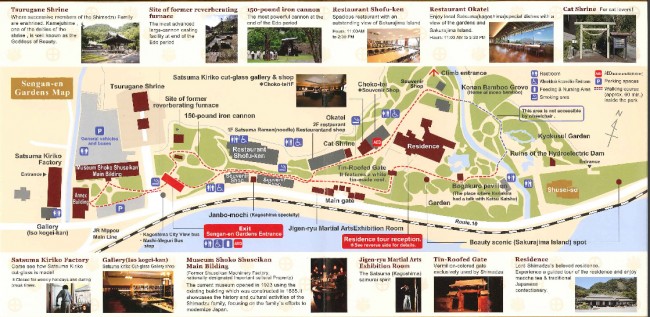
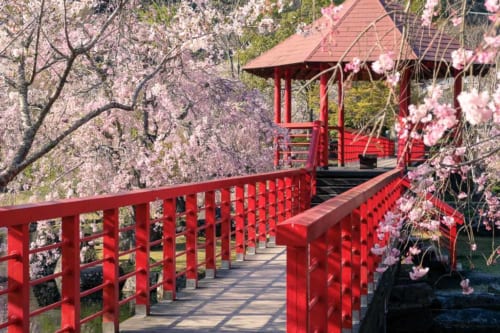
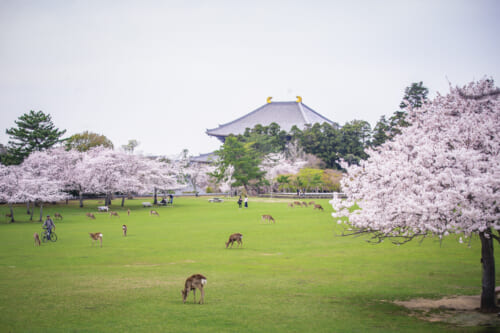

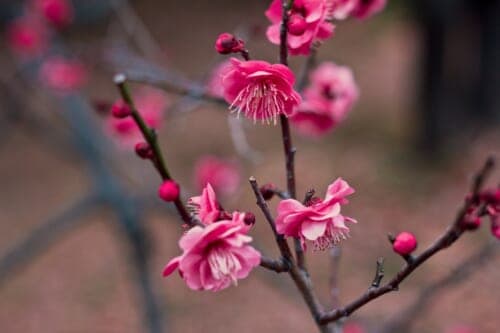
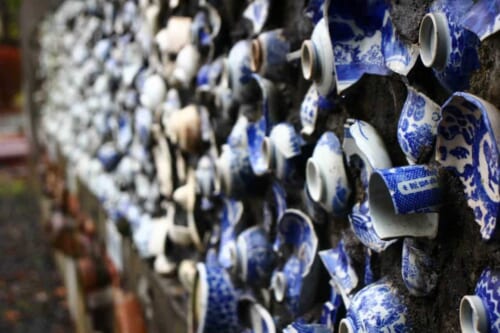
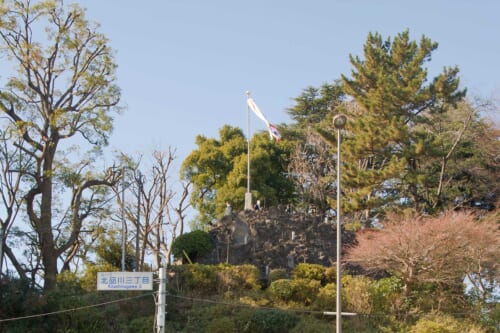
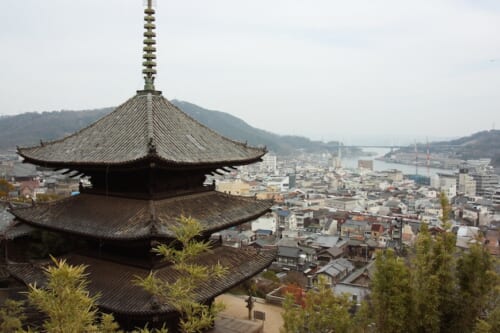
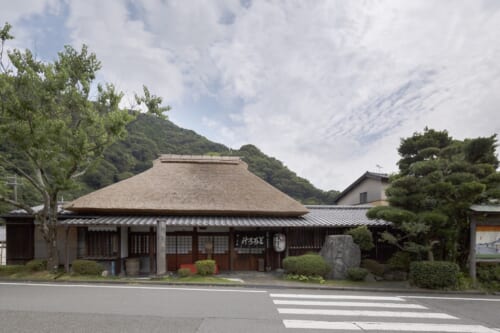

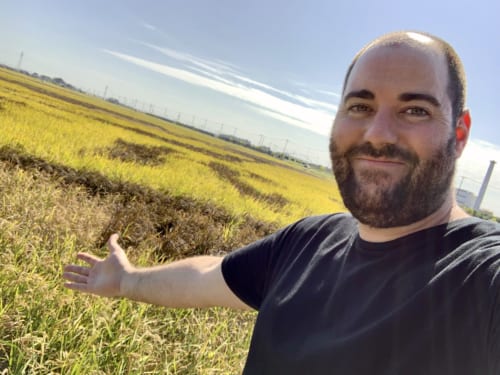
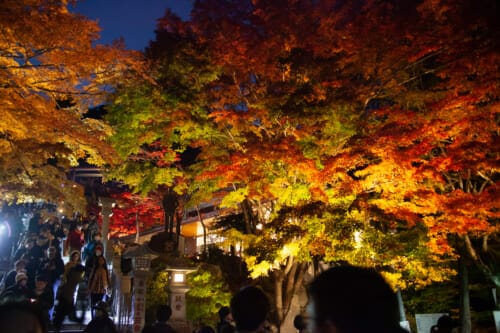


No Comments yet!